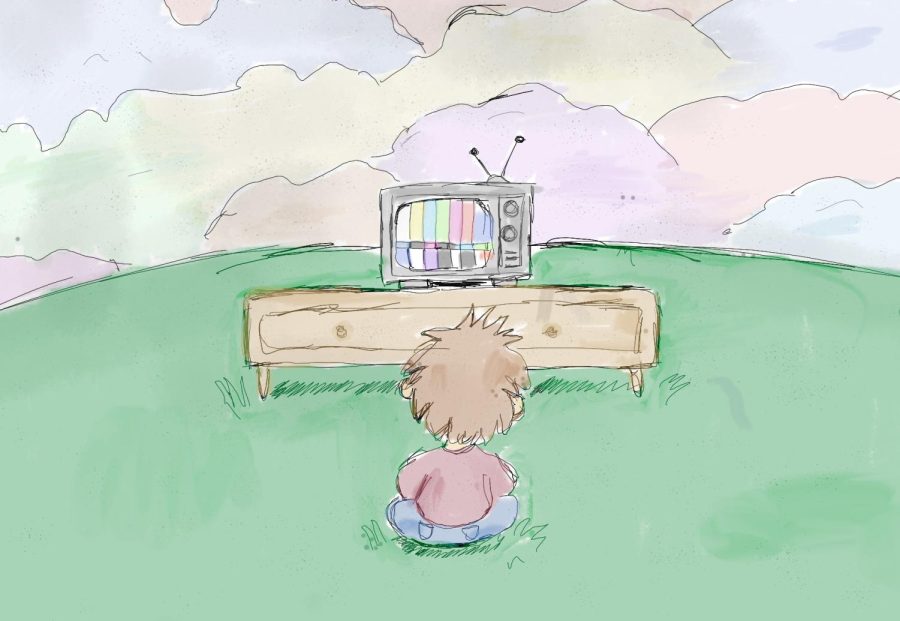The Elusive Point of “The Point”
“The Point” is a refreshing break from the careful and targeted movies of today.
April 26, 2023
Aside from the surface-level story, it’s hard to say what Fred Wolf and musician Harry Nilsson’s 1971 animated movie, “The Point” is about.
Clearly a product of its time, the movie evolved out of Nilsson’s similarly named 1970 psychedelic pop-rock album “The Point!.”
First stumbling upon “The Point” as a toddler in the DVD section of a local library, I was quickly entranced. At the time, the music and imagery was unlike anything I’d ever seen.
In addition to the nostalgia permanently linked to “The Point” in my case, I believe it has something unique to offer, especially in the animated children’s movie genre.
Not unlike The Beatles, The Monkees, and other musical hippie associates of Nilsson, he was no stranger to psychedelia, but this album differs from Nilsson’s other work in its concept.
Both the movie and album tell the story of Oblio. In a fantastical kingdom where everyone and everything has a (literal) point, Oblio is born with a round head.
Eventually, Oblio’s round head, in contrast to everyone else’s cone-shaped domes, becomes the basis for his banishment from the kingdom. Oblio and his dog, Arrow, are sent to the dreaded yet presumably unexplored Pointless Forest.
Through his adventures in the forest, Oblio meets all sorts of interesting beings, including but not limited to a laid-back man made of rocks, a disappearing three-headed trickster, and a business-oriented talking tree.
The film incorporates standout tracks from Nilsson’s album to serve as the movie’s soundtrack. Experimental songs such as “Me and My Arrow” and “Are You Sleeping?” play while dizzying montages of Oblio and friends fill the screen.
As the film’s hazy story might suggest, Nilsson acknowledged that a psychedelic experience provoked its creation. “I was on acid and I looked at the trees and I realized that they all came to points, and the little branches came to points, and the houses came to points. I thought, ‘Oh! Everything has a point, and if it doesn’t, then there’s no point to it,” Nilsson said.
Admittedly, that quote makes very little sense. The point (no pun intended) of Nilsson’s words is elusive, but such is also true with the movie.
Being far from fully thought out, the message(s) of “The Point” is as perplexing as the visuals.
Given how precise and targeted most big-studio movies are, the aimlessness of “The Point” is a refreshing break. Many of the arguable metaphors present in the film fall apart upon closer inspection, and by the end, the audience is left looking for deep meaning where there really isn’t one.
Equally as puzzling as the story, the animation only furthers the bewilderment. The movie’s frames are drawn with scratchy black lines filled in with watercolor washes.
The sketchy and simple animation in conjunction with hallucinogenic imagery detailing Oblio’s adventure strikes a sharp contrast with the precise computer-generated rendering of current popular animation.
If you’re looking for a niche, introspective movie that ties itself up nicely, “The Point” isn’t for you.
The draw of “The Point” is a calming yet kaleidoscopic experience created by the colorful animation, straightforward story, and Nilsson’s catchy singing. Even if Oblio’s story is a little simple, and its lesson is unclear, the journey is a mystical experience for both him and us.






Pinaire Jan • May 10, 2023 at 11:07 am
Love this article ! So different from other articles in the paper .